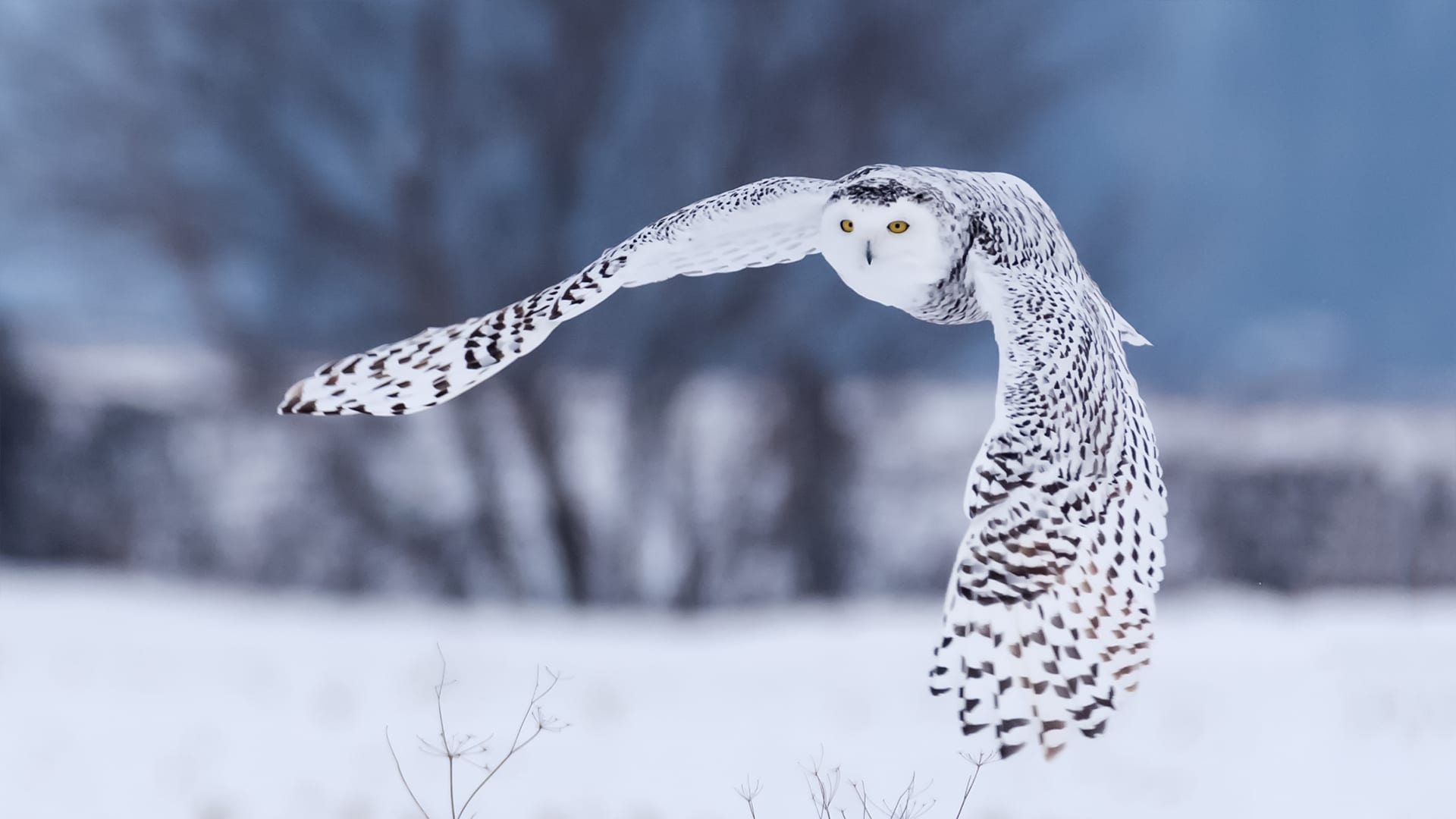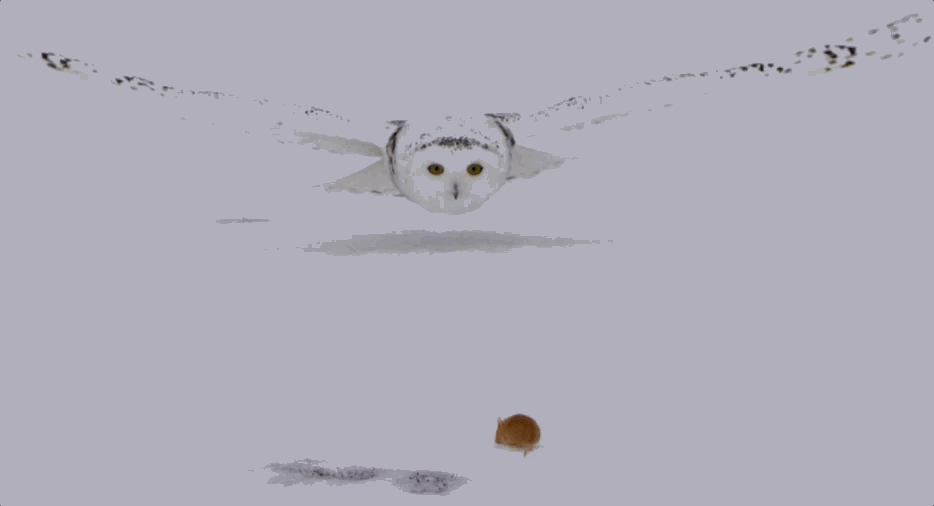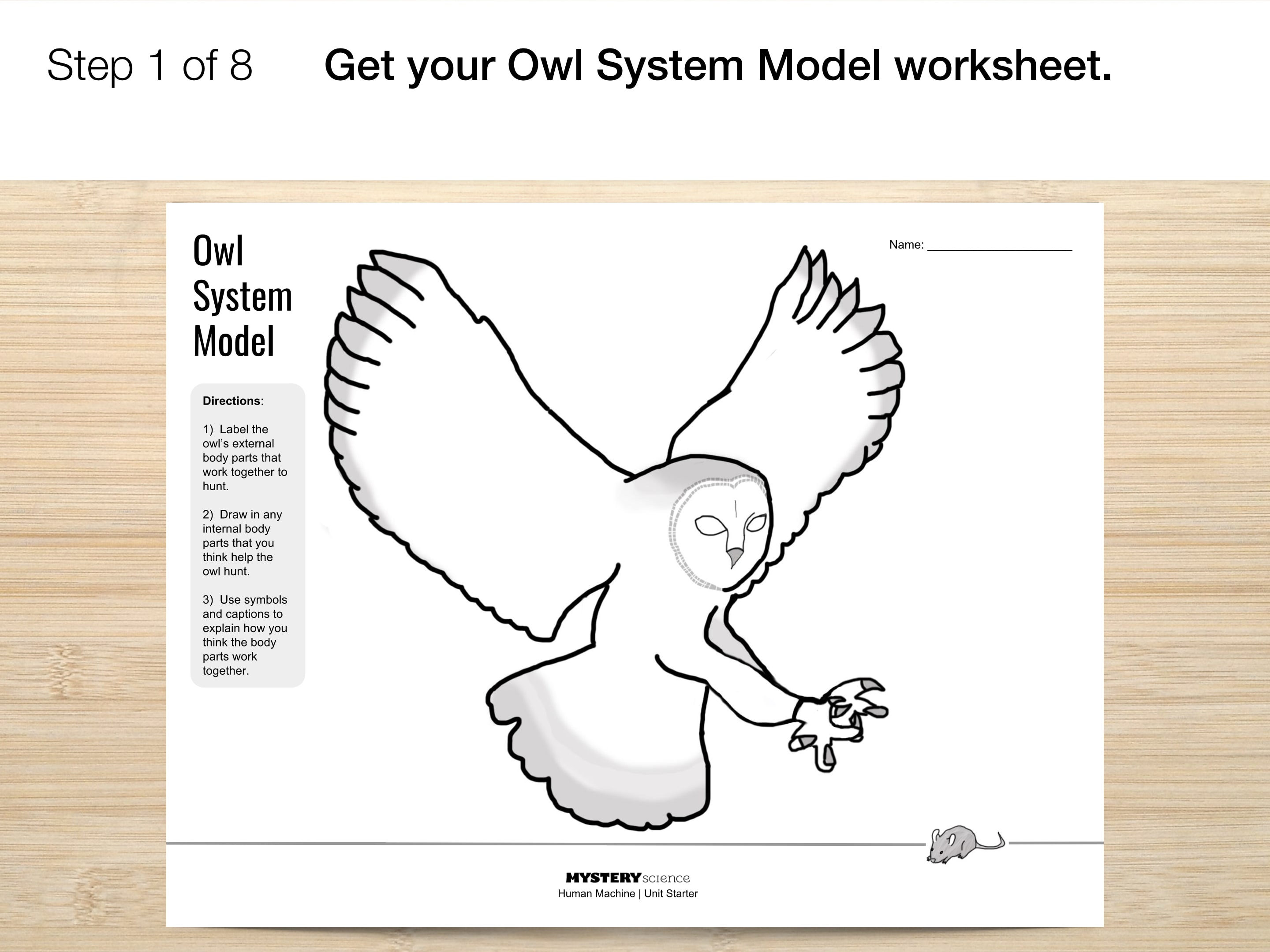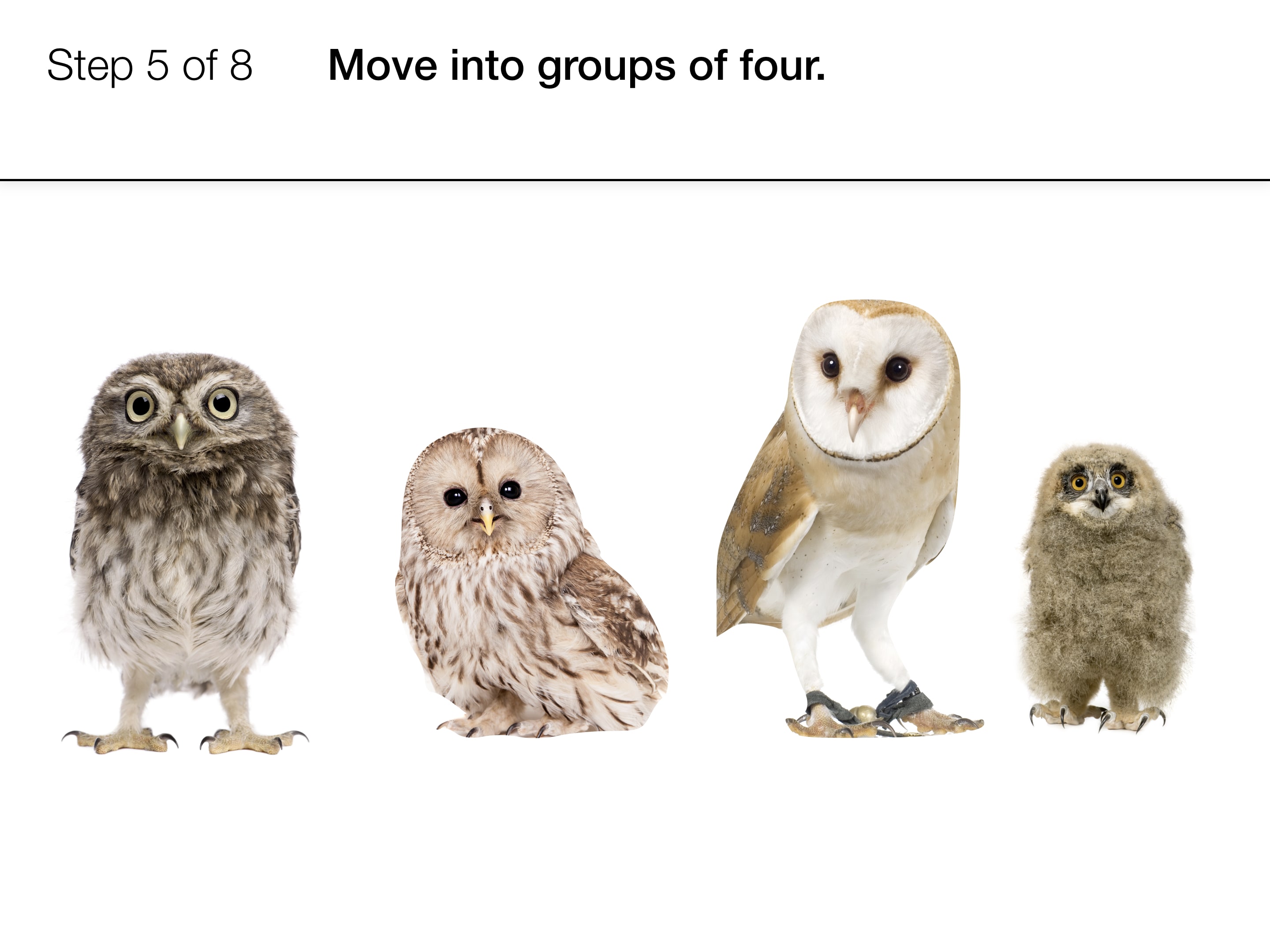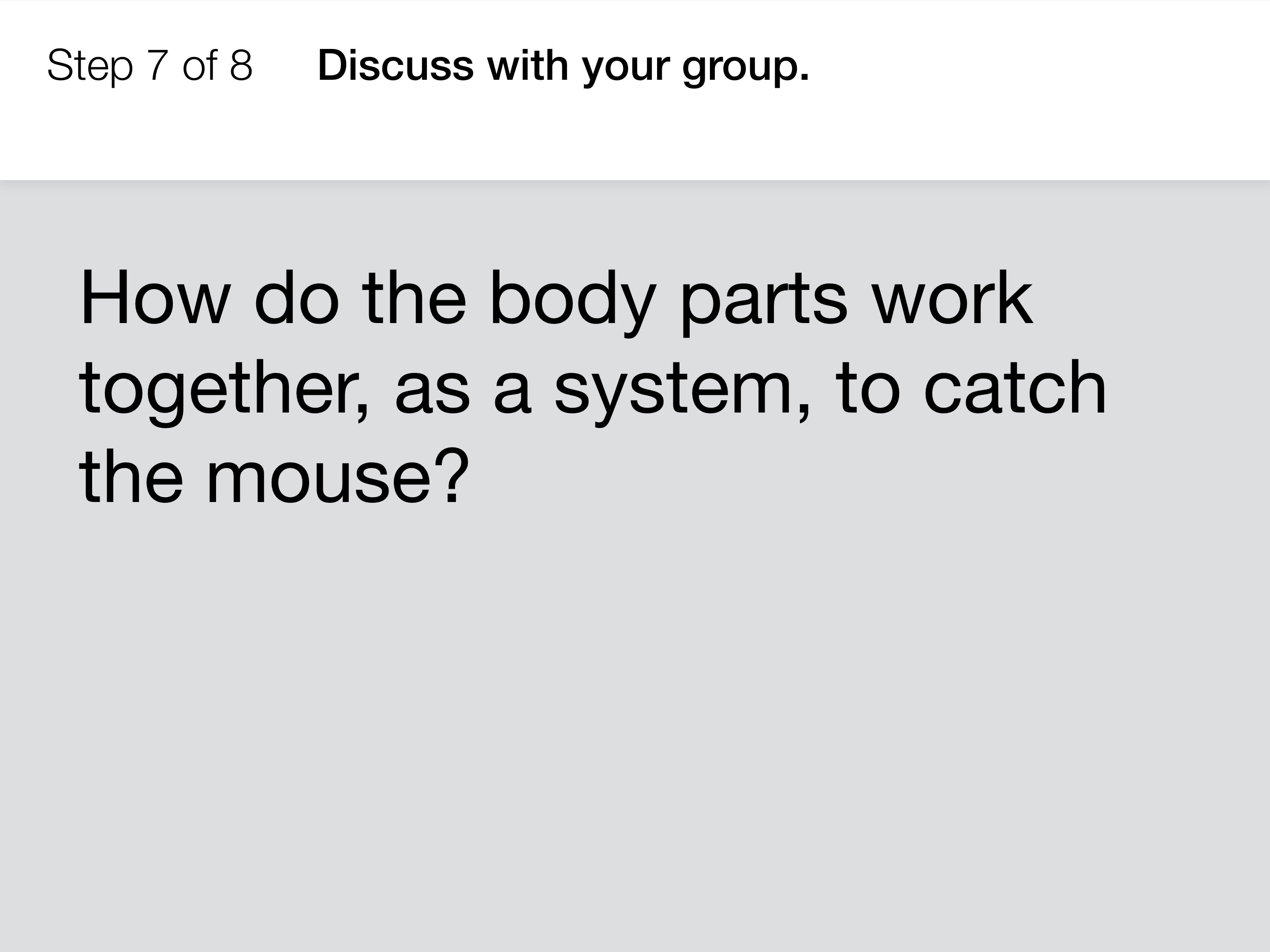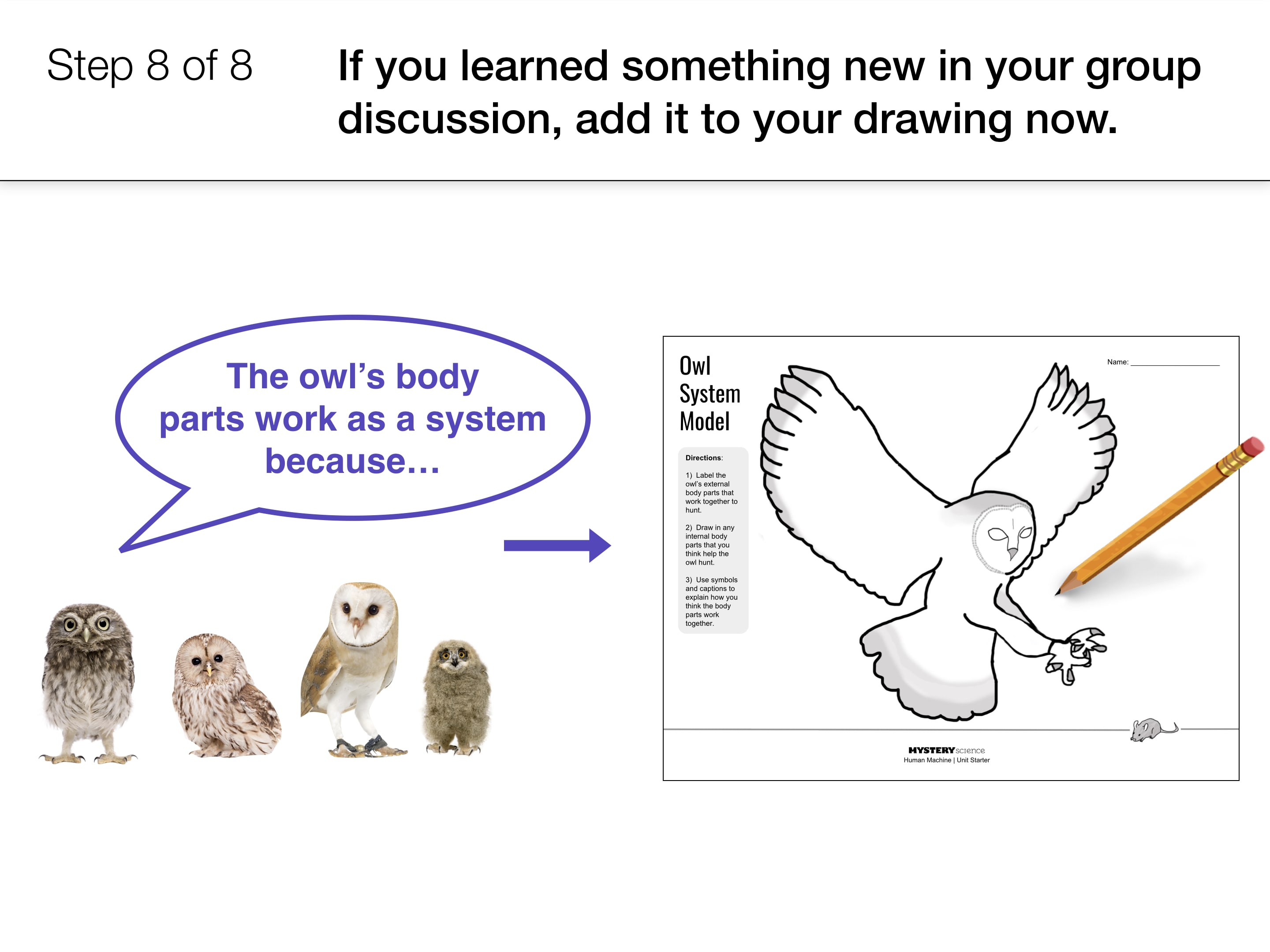Image & Video Credits
Mystery Science respects the intellectual property rights of the owners of visual assets.
We make every effort to use images and videos under appropriate licenses from the owner or by
reaching out to the owner to get explicit permission. If you are the owner of a visual and
believe we are using it without permission, please
contact us—we will reply promptly and make
things right.
Other
Common barn owl 4 months by
Image used under license from Shutterstock.com: Eric Isselee
Little owl 50 days old Athene by
Image used under license from Shutterstock.com: Eric Isselee
Owl ambush, takes hawk by
Image used under license from Youtube.com: Camo Dave
Snowy Owl Head on Flying at Mouse by
Image used under license from Shutterstock.com: BlackBoxGuild
Snowy Owl catchin vole by
Image used under license from Shutterstock.com: PhotoRequests
Snowy Owl kills prey by
Image used under license from Youtube.com: Kevin Jeffery
Ural Owl Strix Uralensis by
Image used under license from Shutterstock.com: Rosa Jay
Young Eurasian Eagle Owl by
Image used under license from Shutterstock.com: Eric Isselee
owl by
Image used under license from Unsplash

